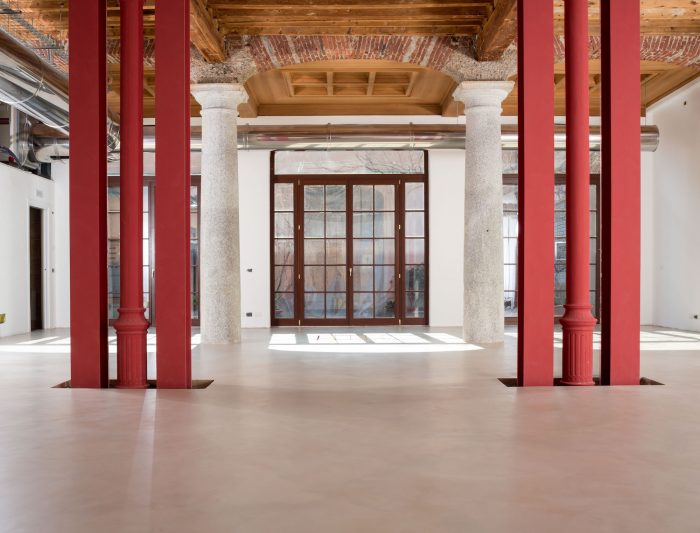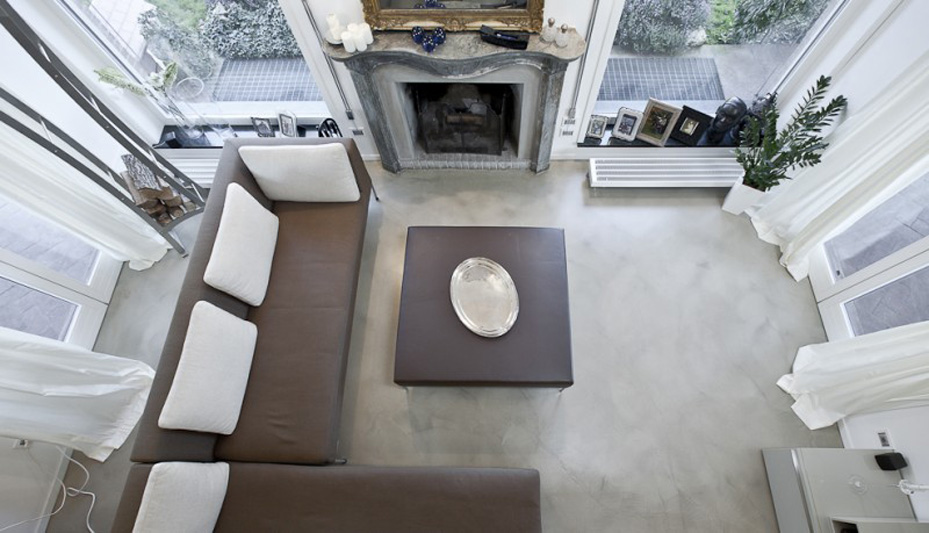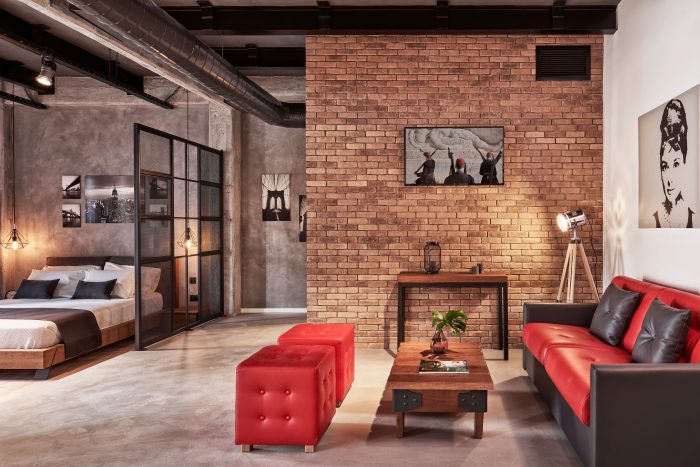Resin as a trendy material in contemporary restoration
Among the most sought-after innovative materials among contemporary architects, designers and artists, Gobbetto resin, whether epoxy or paste, is used to define interiors, giving them a new soul, often also in historical and ancient contexts. In its infinite variations, Gobbetto resin can in fact also be used to create “neutral” floors which, while maintaining its physical characteristics of resistance and homogeneity, blend perfectly in archaeological or museum contexts, as well as in ancient residences, palaces or castles. In fact, it is not rare to find in the restoration projects signed by great architects the discreet dialogue between different materials in which the resin flooring builds a bridge between ancient and modern.
In fact, Gobbetto materials make it possible to create resin floors that are perfectly functional in any context, constituting a perfectly smooth, resistant and uniform surface, which thanks to the infinite range of colors and finishes available can be combined with any environment, even the most characteristic, such as stones of Matera for example, and for this reason it is also chosen for the restoration of buildings subject to protection restrictions by the superintendencies. A very successful case is the Tommasi Gallery in Pietrasanta, the studio of Leone Tommasi, one of the great sculptors of the twentieth century, recently reopened by Francesca Sacchi Tommasi, who wanted to restore her grandfather’s studio by applying a non-transparent resin layer over the entire floor, with the double objective of protecting the existing concrete floor through a protective and insulating layer, and giving even more brightness and volume to the environment populated by a myriad of sculptures that are now reflected in a translucent resin floor. Without betraying its nature and protecting its characteristics, the resin flooring allows the reinvention in a contemporary key of a historic space, simultaneously qualifying as both a conservative and aesthetic restoration operation. Or alternatively, it is possible to create resin floors that are easily “removable” within constrained environments and therefore ideal for scenographies or set-ups even in the most delicate contexts or to renovate the flooring while keeping the one below unaltered and protected. There are also numerous private historic residences, villas, or even medieval castles, in which a resin flooring is increasingly happily created, whether it is epoxy or cementitious, because it is probably the only one that can offer combined qualities of insulation from the humidity, resistance, ease of application, elegance and uniqueness.


